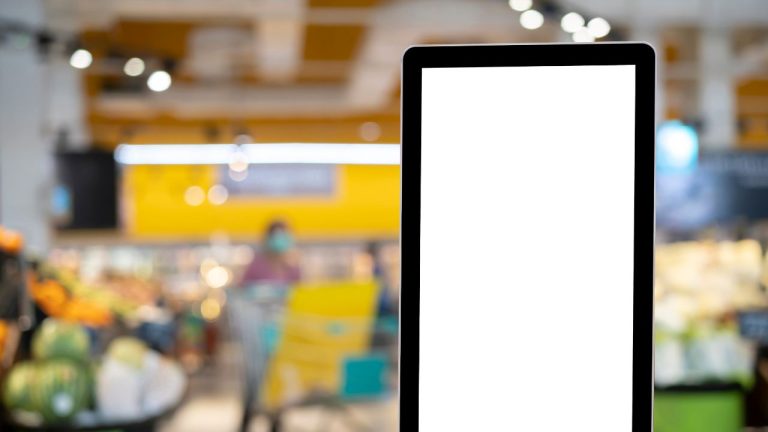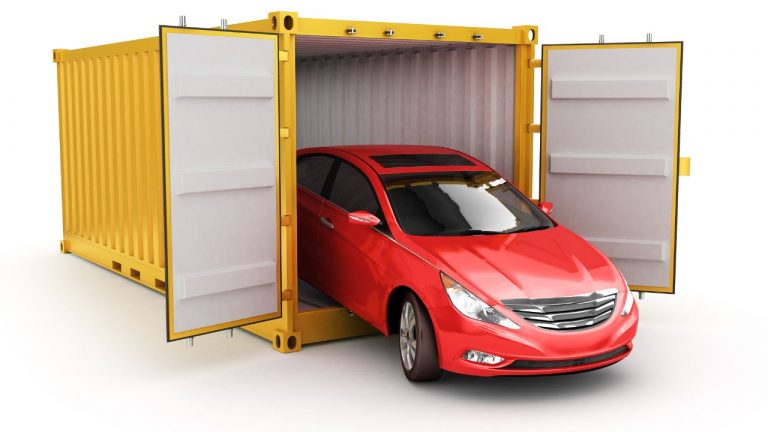There are different circumstances in which it may be necessary to use a service of this type, both for individuals and companies. Before sending a vehicle or any other type of goods, it is advisable to analyse them in depth.
Vehicle transport is a professional service offered by specialised operators who, depending on the client’s needs, use means of transport and qualified personnel to transfer one or more vehicles from one place to another.
The former, in fact, may need to have a car purchased from the dealer delivered to their home or to have their car delivered to a holiday location (in order to avoid the fatigue of many hours of driving). In addition, “professional” transport may be advisable, particularly to avoid damage, when transferring one or more vintage cars, or supercars, or when moving from a car park while the move is in progress.
As far as companies are concerned, when they turn to a specialised transporter, they need to move one or more vehicles, usually small commercial fleets of cars or light commercial vehicles.
In such cases, the ideal solution is transport by car carrier.
Car Shipping in Dubai
BECAUSE GOOD PREPARATION IS NECESSARY BEFORE TRANSPORTING A VEHICLE
Transporting a car may seem like a simple operation, so much so that the cheapest solution is immediately chosen, but often the unexpected is not taken into account.
In many cases, damage to the vehicle can occur during transport, both to the bodywork (scratches, dents, etc.) and to the mechanics (suspension systems, braking system, etc.).
Before sending a vehicle to a holiday destination, for example, formalities must be completed.
For this reason, when you decide to carry out such an operation, you should contact professionals and companies with proven experience and expertise in the sector, with equipment and resources that meet your needs, to avoid unpleasant inconveniences.
However, there are small precautions that service users are advised to take in order to minimise the risk of finding themselves in unpleasant situations. Here is a detailed list:
Remove all accessories and valuables from the vehicle;
Check that the battery is charged and that the tyres are inflated;
Notify the transporter of any leaks;
If the vehicle is convertible, close the bonnet and secure it (It is also advisable to cover the roof of the car with a tarpaulin, securing it carefully, to better protect the car during the journey);
Switch off and deactivate the alarm systems.
What should be done before the carrier collects the vehicle?
To your advantage and that of the specialised transporters who will take over the delivery of the vehicle, the vehicle must be carefully prepared before the transport and regardless of the duration of the journey. It is therefore a good idea to pay attention to certain details in particular.
Washing the car
One essential thing to do before delivering the car to the carrier is to wash the car body thoroughly. You can do this on your own or with the help of a car wash. This is necessary to check the condition of the bodywork and to check for scratches or dents. The presence of these will be detected when the vehicle is picked up by the designated personnel.
Before delivering the car, it is therefore a good idea to ensure and check the condition of the exterior surfaces. It is advisable to take photographs that clearly show the condition of the car you intend to hand over to the operator. This will allow a quick assessment of the condition of the vehicle at the time of delivery and avoid disputes at the end of the transfer. In this respect, it is a good idea to take note of the conditions of carriage and, in particular, the agreements on liability in the event of damage to the goods being transported.
Empty the car
Another essential precaution is to remove any valuables from the passenger compartment or the boot. The carrier is not obliged to open and check the compartments of the vehicle to be transported, especially if they are closed or sealed. Consequently, he declines all responsibility for the customer’s personal effects inside the vehicle.
Before sending a vehicle, it is necessary to wash the car, empty it and prepare a copy of the documents.
Therefore, the advice is to put away all the items in the side drawers, dashboard, glove box and any other compartment inside the car.
The tank and documents
Although not exactly a requirement, it is recommended to deliver the car with the fuel tank almost empty. This will reduce the weight of the car, making both transport and loading and unloading easier. As far as the car’s documents are concerned (the vehicle registration document and the insurance sticker, if they are on display), there are two ways to do this.
The first is to leave them inside the car, possibly in a compartment that is difficult to access or locked. Alternatively, you can leave a copy of the documents in the car and keep the originals with you, so that you have them available at the time of delivery.
Of course, it is a good idea to check that the vehicle is in compliance with the insurance cover before it is collected by the carrier, as this is a prerequisite for the car to be transferred correctly.
SEA, SKY OR LAND. USEFUL TIPS BEFORE SHIPPING
The main modes of transport currently used in the world are air, sea and land. Each of them has specific characteristics that make it more suitable for some transports than for others.
Maritime transport: who stays on board the vehicle?
For several hundred years, sea transport has been one of the preferred cargo handling systems for import-export. Today, it is still one of the most popular transport systems for shipping large consignments of mainly commercial goods.
One of the advantages of organising shipments by ship is undoubtedly that of convenience. For this type of transport, in fact, special means are used (cargo ships) made for the sole purpose of transporting goods, in crates and containers.
A viable, but certainly more expensive, alternative to transporting vehicles on a car carrier is the possibility of transporting a vehicle by ship, especially if the destination is international or intercontinental.
Sea transport is suitable for non-perishable goods. In fact, it is generally true that it is a cheaper type of transport, but it is also slower. The time can vary from a few days to several months, depending on the distance and the resources involved.
While many have tried the experience of taking their car on a boat or ferry to the resort, perhaps few know that “unaccompanied” cars can also be taken.
Anyone who has had the experience of boarding a boat with their vehicle knows that it is also possible to board “accompanied vehicles”.
One positive aspect is that with this type of transport it is possible to move very large quantities of vehicles compared to land and air methods, which have much more limited possibilities. Increasing difficulties, on the other hand, are related to the possibility of finding, once the vehicles have arrived at the port of destination, an adequate network of connections with the hinterland. Therefore, relying on a company like Trasauto Logistica, which has been dealing with integrated logistics for more than forty years, allows you to take advantage of the dense network of relationships and partnerships that allow for fast and efficient connections between the various carriers.
In maritime transport, especially for short distances, the presence or absence of the driver plays an essential role. Thus, if, at the time of boarding, the driver of the vehicle remains on board, the transfer will be traced as a vehicle transfer. If, on the other hand, the car were to be loaded without a driver, the absence of the passenger would imply that the vehicle would be treated as ordinary goods.
The adoption of either solution will result in a difference in the calculation of transport tariffs in the presence of higher costs for the connection of means and resources to be used in the subsequent road transfer and for the journey to the terminal both for the day of departure and for the pick-up of the vehicle on arrival.
Other “safety” provisions also impose restrictions depending on the fuel system. Therefore, all LPG vehicles will be crammed into a special area of the ship. In order to contain and intervene quickly in case of accidents due to gas leaks.
Before sending a vehicle by air transport: advantages and disadvantages
When it comes to air transport, the big advantage is speed. A product, a commodity, can arrive at the other end of the world in a very short time, generally in a maximum of ten days, taking into account the technical organisation time.
Air transport can be defined as the flagship of the international transport sector. In fact, it is the safest type of transport (as the percentage of accidents is very low) and the fastest, as it allows large distances to be covered in a short time.
The use of air transport to send a vehicle can be motivated by strict deadlines.
Because of these characteristics, air transport is usually an express transport, i.e. goods that must arrive at their destination in the shortest possible time.
As with everything, however, even this most advanced mode of transport has its limits.
The first limitation is cost. In the logistics sector, speed and security have a price to pay and, more often than not, they are more than expensive. The use of air assets, the wide geographical coverage and the low accident rate determine the overall cost of the air freight service.
Therefore, before sending a vehicle using air freight, we recommend that you only use it if you have a proven need that requires you to meet a short and strict deadline or if you need to ship high value vehicles.
Overland transport: Immediate, flexible and for short distances
Overland transport is certainly the oldest, most flexible and most used for short distances. Especially in the 20th century, thanks to the speed and convenience of asphalt and the advent of motorways.
This type of transport has become ideal for short and medium distances and, compared to other types of transport, offers a “door-to-door” service. However, land transport can be the most tiring and expensive system if the recipient lives in a remote, hard-to-reach location.
Basically, it is recommended for short or relatively short journeys. It is not recommended if you have to transport a vehicle thousands of kilometres. Moreover, the efficiency of road transport systems ensures an ideal service even for small and large companies.
The only drawback, if it can be defined as such, of this type of delivery service is the greater risk of inconvenience. Indeed, by moving by road, shipments could be subject to force majeure phenomena more frequent than those that could occur with other transport systems, such as vehicle breakdowns, bad weather, road accidents.
Another limitation of land transport, which has arisen as a result of climate change and the measures implemented by governments, is the need to comply increasingly with established parameters in order to reduce greenhouse gas emissions.
Road transport is the most flexible. It is ideal for short and medium distances and allows door-to-door delivery.
Therefore, before sending a vehicle by road, it is necessary to consider that this modality is currently also subject to these measures and for this reason it will gradually become more and more residual and limited.











